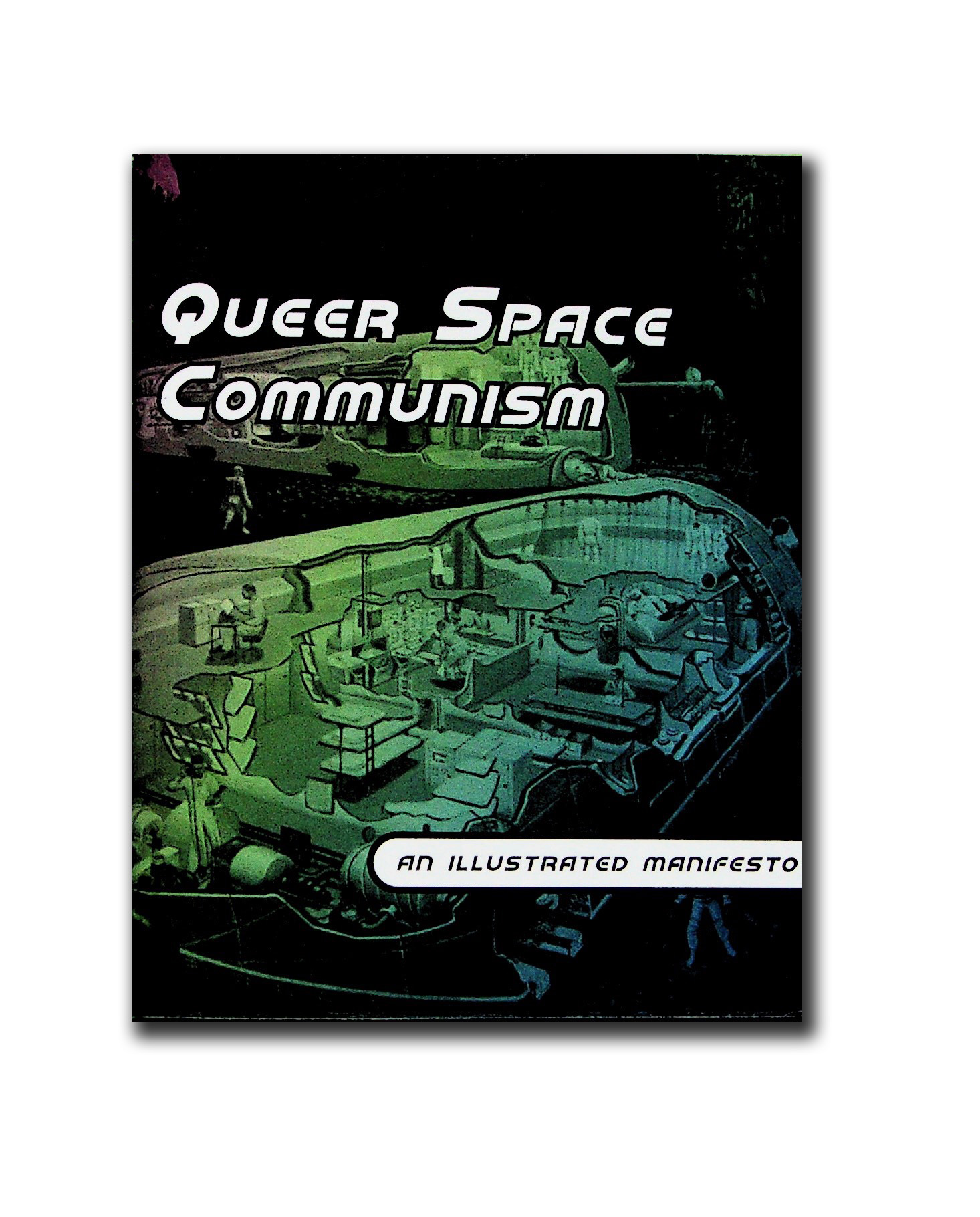 First things first: Happy Queer History Month! History is built upon the reality we have all agreed upon to pass down. The stories that are decided to be honored and remembered. The markers of history and how we learn about it are integral to the fabric of communities and cultures. How we commune with the tangibility of our ancestors and have a stepping stone in our lineage. It is no surprise that a key element of suppression is a historical one, that is why this month is so important.
First things first: Happy Queer History Month! History is built upon the reality we have all agreed upon to pass down. The stories that are decided to be honored and remembered. The markers of history and how we learn about it are integral to the fabric of communities and cultures. How we commune with the tangibility of our ancestors and have a stepping stone in our lineage. It is no surprise that a key element of suppression is a historical one, that is why this month is so important.

Out of the Closets and Into the Libraries by the Bang-A-Rang Collective is a zine of radical queer moments navigating us through history…
As a young queer that grew up in spaces where non-heteronormativity didn’t exist, the idea of queer elders was a fantasy that I thought would be real once I came out the closet. Unfortunately, this wasn’t the case because of such history unmaking. Specially for queer poc. One has to go searching for history when it has been erased for you. Such a search and thirst to learn more about the history of you and your people, the truths that cement the foundation you stand on is an act of care for the legacies they made.
The creator was answered the same questions all young queer people have with such a thirst: where is our history? Where are our elders?
“When I confronted my few older queer friends, they smiled apologetically and remarked, “you don’t know these histories because a lot of people that could tell these stories were either murdered by homophobes or murdered by AIDS. The rest of us, the survivors, either don’t know our own histories or are petrified to have any sort of relationships with the younger generations, fearing the label predator and child molester.”
Remembering is an act of honoring and resistance. It is an act of learning and of loving yourself and your lineage. In all its splendid ugly and beauty. I have found that although such remembering does not come easy to history riddled with erasure, the effort that one has to learn to braid into the attempt almost makes it all the more sweet. All histories that are hidden have pressurized into a diamond in the mine of your lineage.
Queer to the Left… Queer Holocaust… Lesbian Avengers… QueerNation… QueerLiberation Army… White Night Riots… Pink Panthers… STAR… QueerFist.. Combahee River Collective… Stonewall… Gay Shame… George Jackson Brigade… Homocore… Gay Liberation Front… ACT UP… Compton Cafeteria Riot… Out of Control… Gay Activist Alliance…
If you don’t recognize one or some of these moments, this zine is for you.

Something that I deeply appreciate is the nonlinearity of the zine. Time itself is subjective and its affective realities in our minds are anything but one dimensional. When one remembers one doesn’t go through every second from the moment you are to the moment you were. Our lives and our ancestors are not neatly winded into a coil of cassette tape to rewind through. Rather time is in a perpetual vomiting and unwinding of such cassettes, our times being in constant undoing through doing. This zine reflects the act of remembering such radical moments. In such entanglements one’s memories form new connections.
To attempt chronology is to go through the structure that was the one that attempted the erasure of our history. Queering such chronology is necessary to the understanding that the future isn’t ahead of us. We cannot see the future but we can attempt to bear witness to the past to inform the cradle of our necks that nurture a possible futurity.
▲▼▲▼▲
I will not be going through the entire zine for a summary for you. I urge you to read the zine yourself, to envelope yourself in history making in such resistance work. The work that has allowed me to be semi-okay on campus with a shirt that says “I ❤ ️ Pussy”. How much queerness is synonymous to political resistance.
I do want to shout out our very own and its part to such history-making. Homocore! Zinesters! I call upon you to be history in your history:

Valeria is interning at QZAP this semester. She is in her senior year at University of Wisconsin-Madison studying Gender & Women’s Studies. She was born and raised in Valencia, Venezuela and now lives in Teejop land (Madison, WI).


